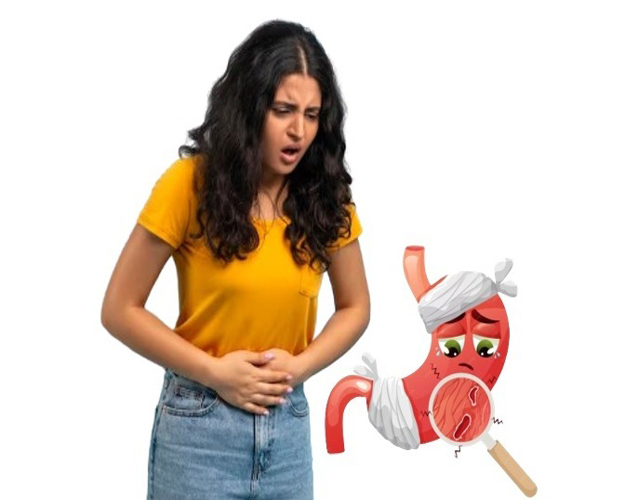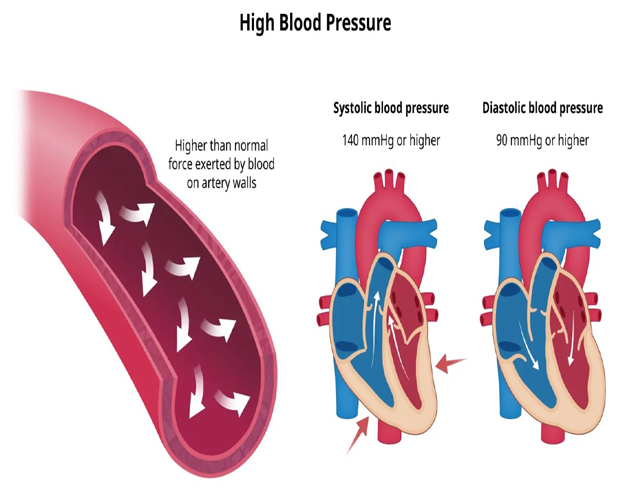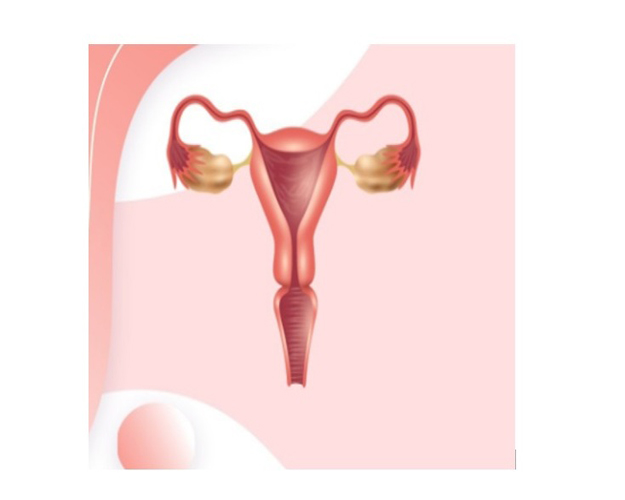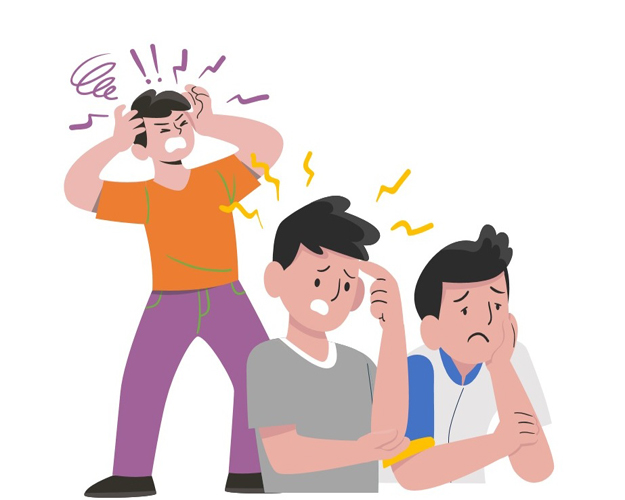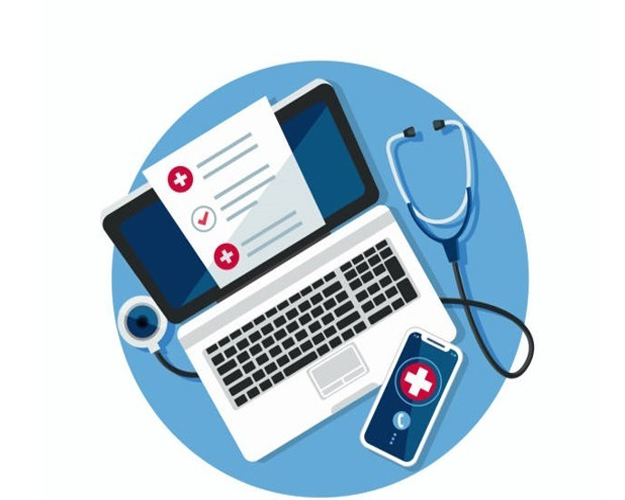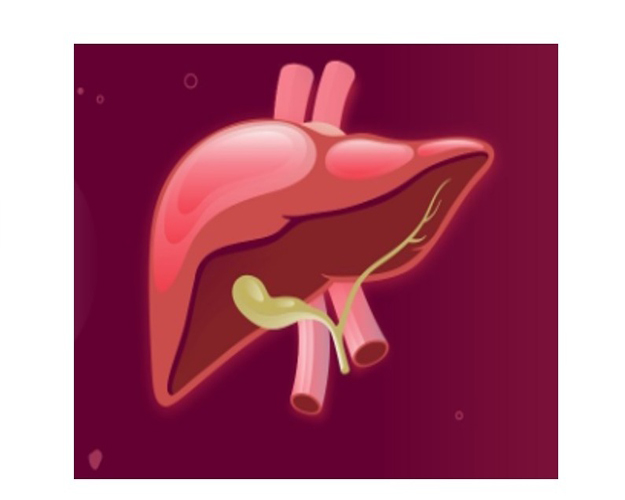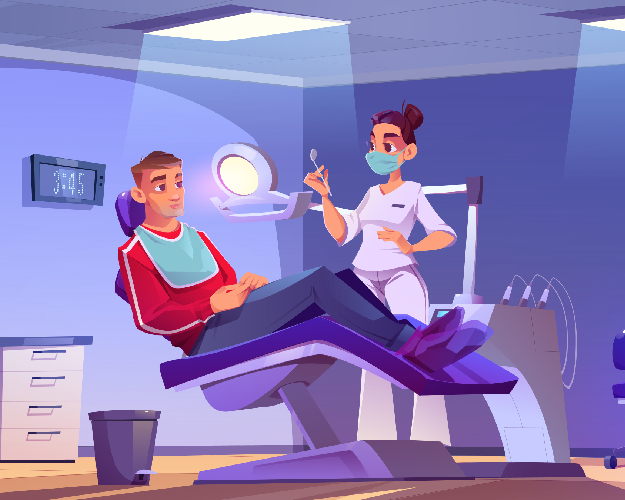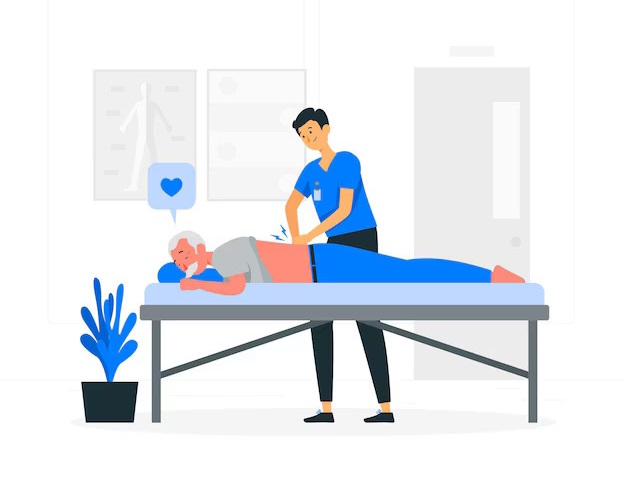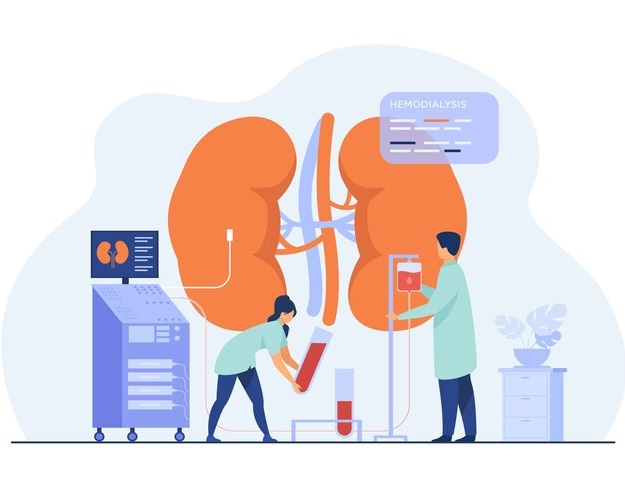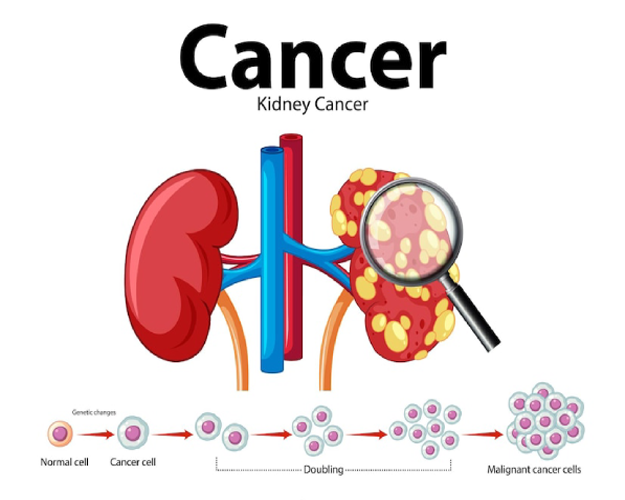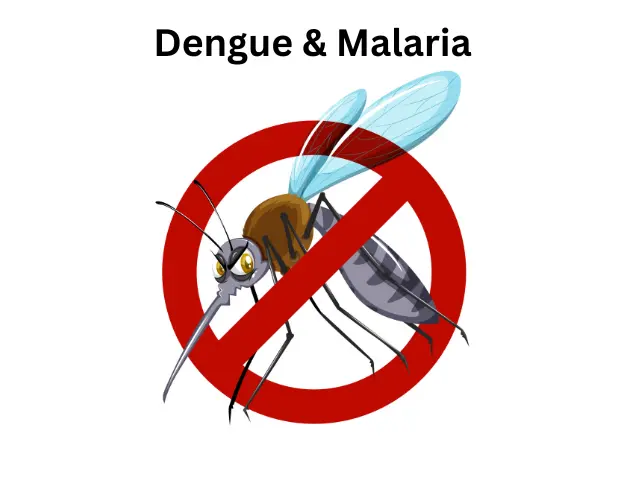
Dengue and Malaria: Understanding the Dangers of Mosquito-Borne Diseases and How to Stay Safe
As the winter approaches, the air in Central India grows cooler—but beneath the surface, a greater danger emerges. November marks the seasonal high for mosquito-borne diseases such as dengue and malaria in Central India, with local hospitals seeing a significant increase in cases every year. ITM Hospital and Research Centre, Gwalior, urges residents to double down on prevention and vigilance during this critical time to avoid complications and safeguard public health.
Why Dengue Peaks in November in Central India
Central India—witnesses dengue outbreaks most commonly between July and mid-November, with November often recording the highest number of suspected and confirmed cases. This seasonal trend is attributed to post-monsoon water stagnation, which creates ideal breeding grounds for the Aedes aegypti mosquito, transmitter of the dengue virus.
Key drivers of November dengue surge:
1. Stagnant water in containers, tyres, drains, and coolers left unchecked after rains.
2. Persistent humidity and moderate temperatures that accelerate mosquito breeding.
3. Lower public awareness once the rain visibly ends, despite continued mosquito risk.
Dengue: Symptoms to Watch This Season
Dengue fever can seem like a regular viral illness at first, but distinguishing signs appear:
1. Sudden high-grade fever that may persist for days.
2. Severe headaches, eye pain (retro-orbital pain), body and joint aches.
3. Skin rash appearing 3-5 days after the fever starts.
4. Nausea, vomiting, and marked fatigue.
5. Severe cases can present as dengue hemorrhagic fever (bleeding) or dengue shock syndrome (dangerously low blood pressure).
With dengue, early medical attention is crucial, as complications can escalate rapidly if ignored.
Malaria: Enduring Threat During Post-Monsoon Months
While malaria can occur year-round, most cases in Central India are reported during and after the monsoon, peaking from July through November. Malaria is caused by the Plasmodium parasite, spread through female Anopheles mosquitoes that breed in stagnant, dirty water and tend to bite at night.
Malaria symptoms overlap with dengue but typically feature:
1. Intermittent high fevers with chills and sweating.
2. General weakness, headache, and body aches.
3. In severe cases: jaundice, anemia, confusion, or organ involvement.
Dengue and malaria are both mosquito-borne illnesses but differ in cause, transmission, and presentation. Dengue is caused by the Dengue virus transmitted by Aedes aegypti mosquitoes that bite during the day, while malaria is caused by Plasmodium parasites spread by Anopheles mosquitoes that bite at night. Dengue peaks from July to mid-November, especially in November, whereas malaria is common during the monsoon and post-monsoon months. Dengue symptoms include high fever, headache, eye pain, and rash, while malaria causes fever, chills, sweating, and anaemia. Aedes mosquitoes breed in clean stagnant water, while Anopheles prefer dirty or stagnant water. Dengue is diagnosed through NS1, IgM/IgG ELISA, and platelet tests; malaria through blood smear or rapid antigen tests. Children, young adults, and the elderly are more vulnerable to dengue, while malaria poses higher risks to children, pregnant women, and frequent travellers.
November’s overlap of risk factors and climate patterns means both diseases can easily be mistaken for seasonal illnesses, leading to under-reporting and late intervention.
Regional Perspective: Gwalior and Central India
Public health authorities in Gwalior have sounded the alarm, noting clusters of dengue and malaria cases—especially in localities affected by poor drainage or where water remains standing after the monsoon. Hospitals report an uptick of over 100 suspected or confirmed cases, with most admissions in October and November. Community awareness is the need of the hour, as prompt identification can save lives.
Expert Guidelines: November Prevention Tips
ITM Hospital’s medical team recommends these steps for all Gwalior households during November and the winter onset:
1. Remove or empty all stagnant water sources weekly—flower pots, coolers, buckets, tyres.
2. Use effective mosquito repellents and ensure windows/doors have mesh screens.
3. Wear full-sleeve clothing, especially during dawn and dusk.
4. Sleep under mosquito nets—an absolute must for children and elders.
5. Seek immediate testing if fever persists more than 2 days, especially if accompanied by rash, pain, or unusual bleeding.
Hospital Readiness and Community Support
The Central and State Government have intensified surveillance, house-to-house fever checks, and fogging in areas reporting spikes. ITM Hospital and Research Centre stands at the forefront by offering:
1. 24x7 fever clinics for rapid assessment.
2. Same-day diagnostic services for dengue (NS1, IgM, Platelet count) and malaria (rapid card and smear).
3. Dedicated isolation wards to minimize transmission risk.
4. Public education drives and expert counseling for affected families.
When to Rush to ITM Hospital
If you or your loved ones show early signs of dengue or malaria—especially during this high-risk season—do not delay in seeking expert care. Remember these warning signs:
1. High-grade, unrelenting fever.
2. Unexplained bruising, nosebleeds, or gum bleeds.
3. Sudden drop in platelet count (from prior test reports).
4. Severe vomiting, confusion, or signs of dehydration.
Conclusion
Seasonal surges of dengue and malaria in November are a serious yet preventable threat to Gwalior’s community health. Enhanced personal vigilance, environmental hygiene, and early hospital consultation form the front line of defense. ITM Hospital and Research Centre, Gwalior, is committed to protecting every resident—providing timely diagnosis, effective treatment, and continuous education to ensure a healthier, safer winter for all.
